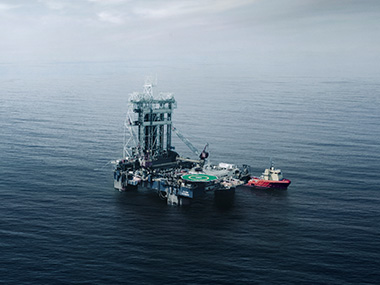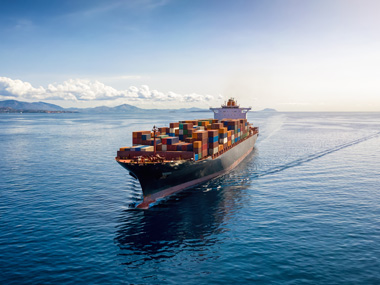VLSFO recovery and geopolitics in focus
Things are moving fast in the global economy and financial markets. When we published the last issue of the Weekly Market Report, a trade deal between China and the US had just been reached. Trump had floated the idea of lowering tariffs on China to 80% before the negotiations began.
However, the Chinese called Trump, and he folded, accepting a 115 percentage point drop in tariffs. The prospect of empty shelves, higher prices, and a weak equity market convinced Trump that it was better to do a deal.
Global equity and commodity markets rallied on the message, being convinced that Trump will be disciplined by the market also going forward. Brent rose from USD 64 to above USD 66.
However, in general, oil continues to underperform the US and other major equity markets. S&P 500 is at the level at the beginning of the year up 1%, and the German DAX is close to 21% higher ytd. Brent, on the other hand, is down roughly USD 10 since the start of the year. Seen from this perspective, oil has some catching up to do.
Global oil markets are under pressure from a potentially weaker global growth trajectory, as well as increased OPEC+ oil production, and possibly more supply if a nuclear deal can be reached between the US and Iran. The US may also ease sanctions on Russia in light of the talks between Trump and Putin on Monday.
In today's issue, we also take a closer look at the recent developments in the fuel oil market and elaborate on the latest geopolitical developments.








